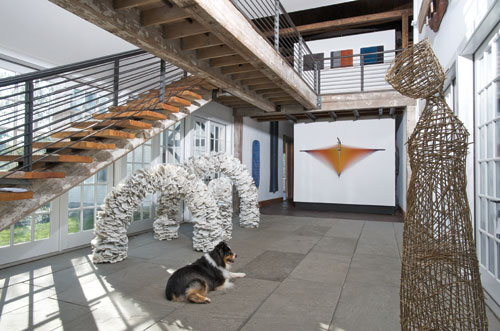At SOFA NY 2012, browngrotta arts will exhibit stone drawings and weavings of lead and linen by UK artist Sue Lawty. Lawty’s constructed pieces and drawings in two and three dimensions explore repetition and interval in raffia, hemp, linen, lead, stone or shadow.
While an artist in residence at the the Victoria and Albert Museum in London in 2005, Lawty collaborated on a project “Concealed-Discovered-Revealed” with the theme of structure and landscape. Lawty used the opportunity to explore and extend her textile vocabulary by creating a large site-specific stone drawing Order, that moved beyond the constraints of a frame. The 6-meter linear pieced drawing of fine stones wavered along the wall’s surface, like a woven structure. Eventually, Origin was removed to The Haymarket Hotel in London.
At SOFA NY, browngrotta arts will exhibit a more recent stone drawing by Lawty, Calculus. At first glance, Calculus appears simple — like a painting of many dots of many sizes. On closer inspection, you realize that the 2 meter by 3 meter surface actually contains hundreds, perhaps thousands, of tiny stones, each smoothed by the sea and hand sorted to create what Emma Crichton-Miller has called a “beautifully choreographed march past the ignored.” Calculus is the Latin word for small stone as well as the name of a branch of mathematics based, like Lawty’s work, on the sum of infinitesimal differences. Lawty’s work has appeared in numerous exhibitions in the UK and abroad, including the International Triennial of Tapestry in Lodz, Poland; the Bankfield Gallery and Museum in Halifax, UK; the Victorian Tapestry Workshop in Melbourne, Australia and the Cheney Cowles Memorial Museum in Spokane, Washington. On Friday, April 20th from 2:30 to 3:30 p.m. Lawty will present a lecture at SOFA NY, Rock – Linen – Lead, about her work and her engagement with remote landscape, geology and the passage of time.

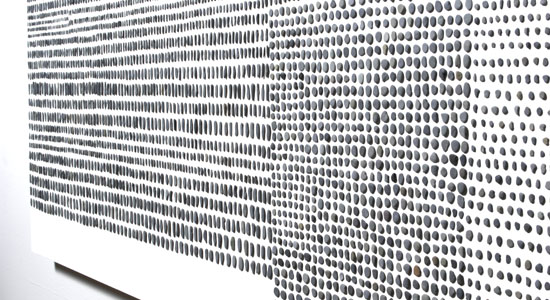
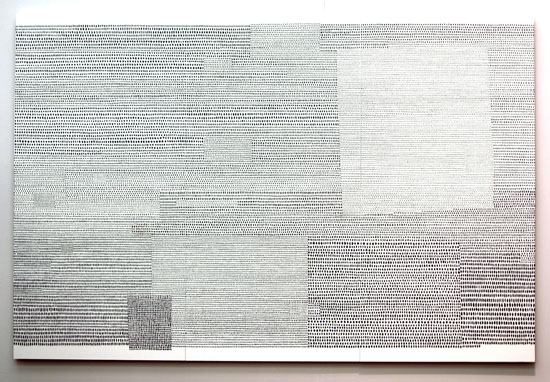

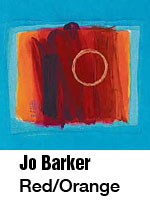
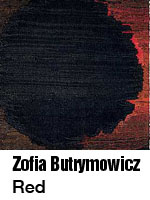
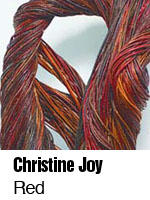


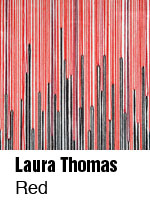

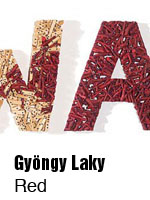
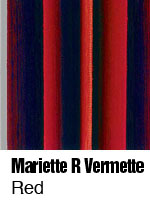
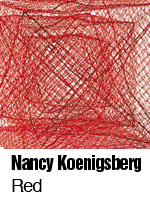
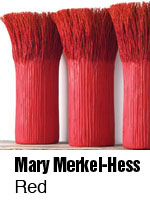
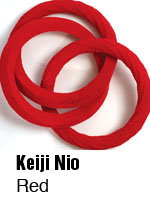
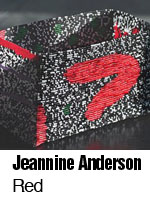
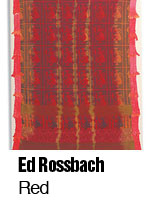

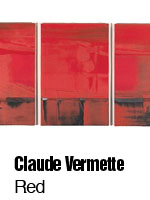
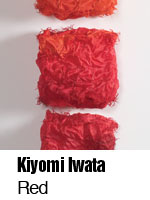

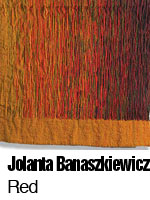
 We’re leaving the ice and snow (sigh) for sunnier climes next week, where
We’re leaving the ice and snow (sigh) for sunnier climes next week, where 